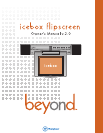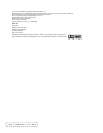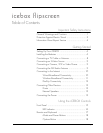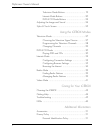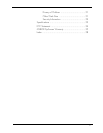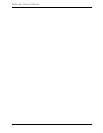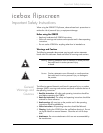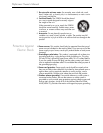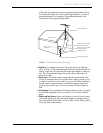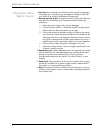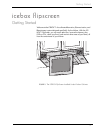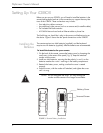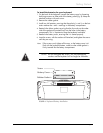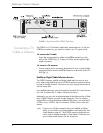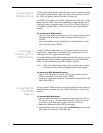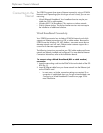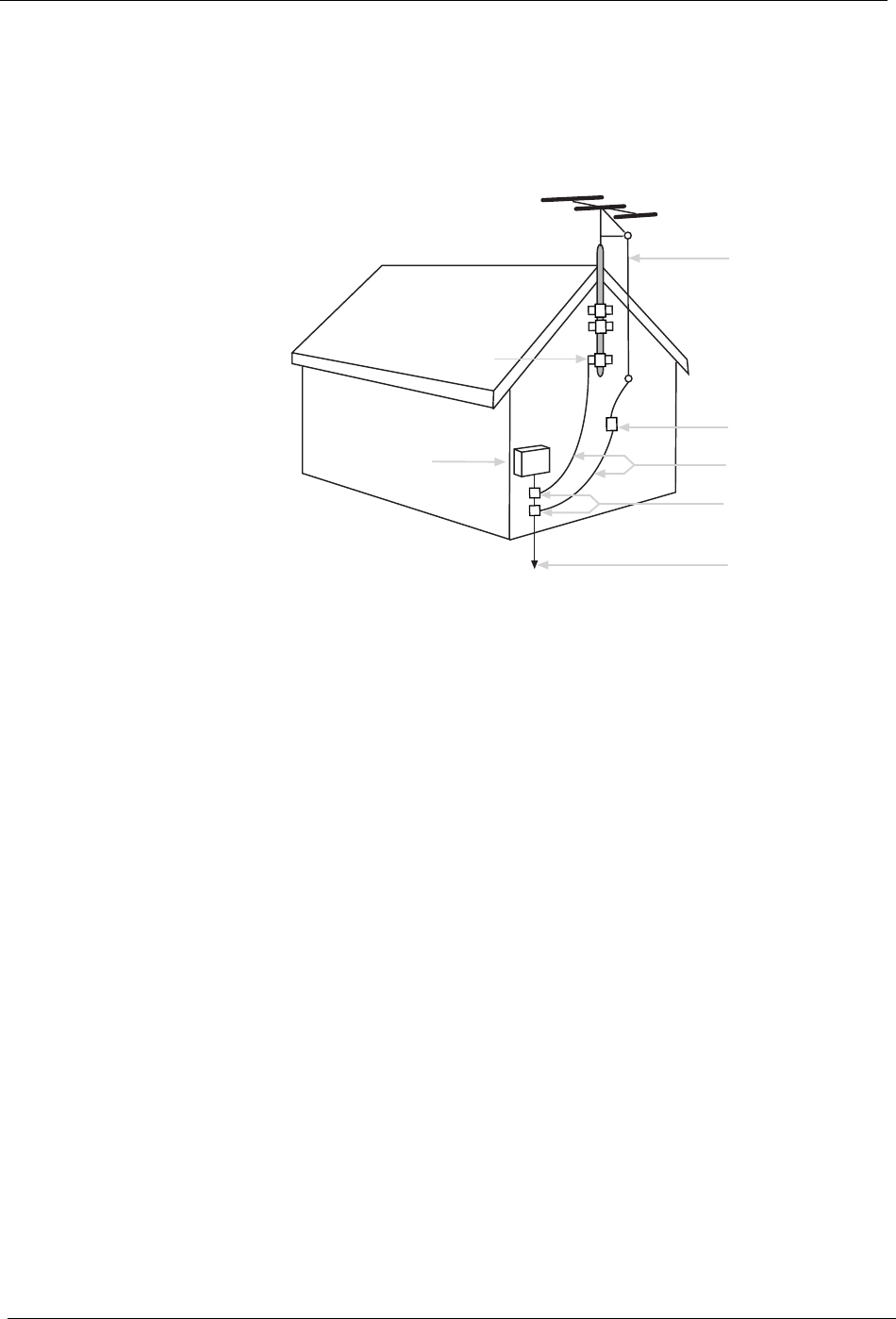
3
Important Safety Instructions
of the mast and supporting structure, grounding of the lead-in wire to
an antenna discharge unit, size of grounding conductors, location of
antenna-discharge unit, connection to grounding electrodes, and
requirements for the grounding electrode.
FIGURE 1. Example of Antenna Grounding
14.Lightning. For added protection for this product during a lightning
storm, or when it is left unattended and unused for long periods of time,
unplug it from the wall outlet and disconnect the antenna or cable sys-
tem. This will prevent damage to the product due to lightning and
power-line surges.
15.Power lines. An outside antenna system should not be located in the
vicinity of overhead power lines or other electric light or power circuits,
or where it can fall into such power lines or circuits. When installing an
outside antenna system extreme care should be taken to keep from
touching such power lines or circuits as contact with them might be
fatal.
16.Overloading. Do not overload wall outlets, extension cords, or integral
convenience receptacles as this can result in a risk of fire or electric
shock.
17.Object and liquid entry. Never push objects of any kind into this prod-
uct through openings as they may touch dangerous voltage points or
short-out parts that could result in a fire or electric shock. Never spill liq-
uid of any kind on the product.
Antenna lead wire
Antenna discharge unit
(NEC section 810-20)
Electric service
equipment
Ground clamps
(NEC ART 250 Part H)
Power service grounding
electrode system
Ground clamp



